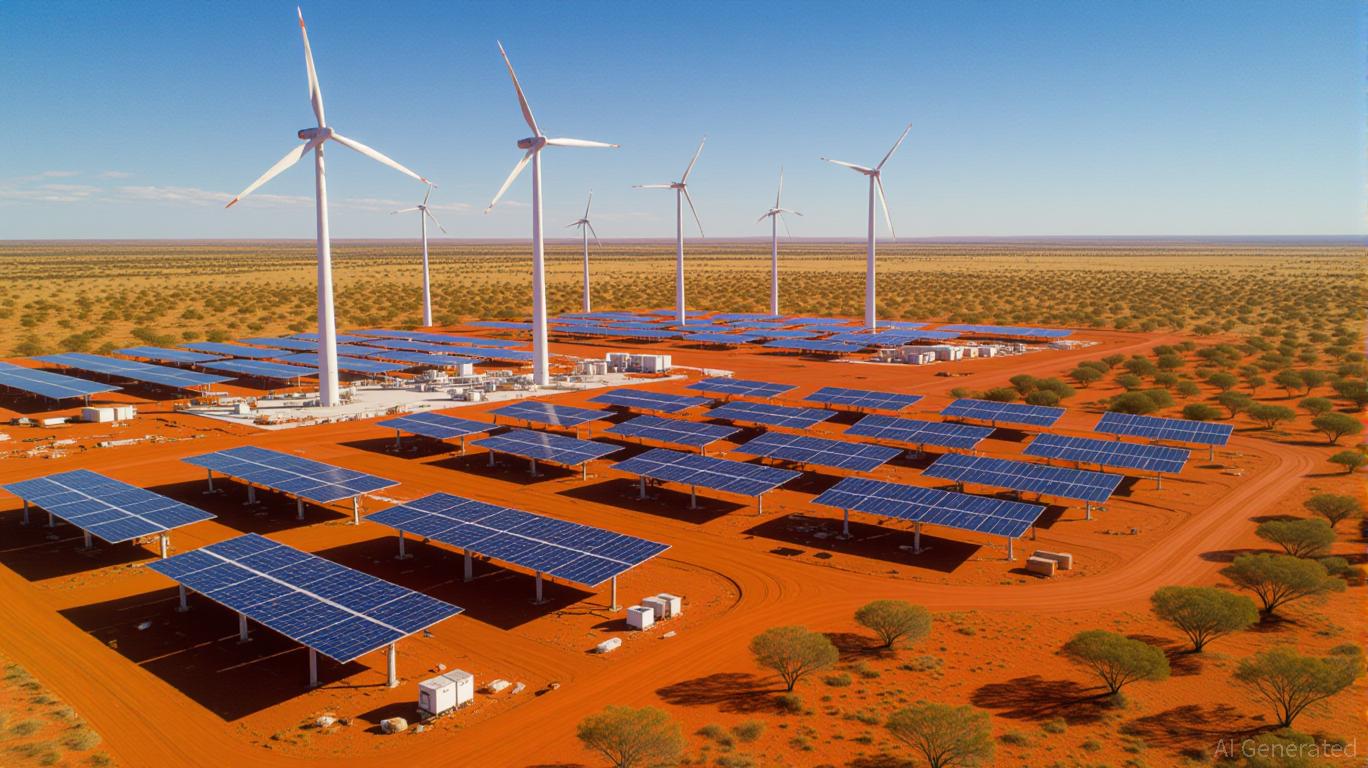
BP’s abrupt exit from green hydrogen in 2025 marks a pivotal moment in the energy transition. Once a flagship project for the oil giant’s decarbonization ambitions, the $36 billion Australian Renewable Energy Hub (AREH) has been shelved as BP refocuses on oil and gas. This decision reflects a broader industry reckoning: green hydrogen, long hailed as a “silver bullet” for decarbonizing heavy industry and transportation, is now being scrutinized for its financial viability.
The Cost of Optimism
BP’s retreat from green hydrogen is not an isolated event. Companies like Iberdrola, EDP, and Woodside have similarly scaled back hydrogen projects due to persistently high production costs and uncertain demand. Green hydrogen remains 3–4 times more expensive than gray hydrogen (derived from fossil fuels), with costs hovering at $4–$12 per kilogram in 2025 compared to $1–$3 for gray hydrogen. This gap is a death knell for projects that lack long-term offtake agreements or government subsidies.
The root issue is simple: green hydrogen is not yet a commodity. Unlike solar or wind, which have achieved grid parity in many regions, hydrogen’s value chain is still fragmented. Electrolyzers, which split water into hydrogen and oxygen, account for 60–70% of capital costs. While alkaline and proton exchange membrane (PEM) electrolyzers are improving, their scalability is constrained by material shortages (e.g., iridium for PEMs) and operational inflexibility.
Policy vs. Profit
Government incentives, however, are a lifeline. The U.S. Inflation Reduction Act (IRA) offers a $3.00 per kilogram production tax credit, while the EU’s hydrogen decarbonization package provides infrastructure funding. These policies are critical—without them, green hydrogen would remain a niche technology. Yet even with subsidies, projects like AREH require “perfect conditions”: cheap renewable energy, low transmission costs, and guaranteed buyers.
BP’s exit underscores a growing tension between corporate strategy and climate goals. The company now allocates $10 billion annually to oil and gas (up 30%) while cutting renewables funding by $5 billion. This shift prioritizes short-term cash flows over long-term bets, a move mirrored by investors demanding higher returns in a post-pandemic economy.
Risks and Realities for Investors
For investors, green hydrogen remains a high-risk, high-reward asset. Key risks include:
1. Cost Volatility: Hydrogen prices are tied to renewable energy costs, which are subject to policy shifts and supply chain disruptions.
2. Infrastructure Gaps: Storing and transporting hydrogen requires new pipelines, high-pressure tanks, or cryogenic facilities—none of which are widely available.
3. Demand Uncertainty: Heavy industry (e.g., steel, shipping) and long-duration energy storage are the only viable early markets. Adoption hinges on corporate ESG commitments and regulatory mandates.
Despite these risks, the sector is not without hope. Electrolyzer costs are projected to fall 40% by 2030, driven by scale and innovation. Solid oxide electrolyzers (SOECs), with efficiencies up to 84%, are gaining traction in industrial applications. Meanwhile, policy frameworks like the EU’s Green Hydrogen Standard are creating market clarity.
Strategic Opportunities for 2025 and Beyond
Investors should adopt a disciplined, sector-specific approach:
1. Focus on Industrial Applications: Companies like Stegra (Sweden’s hydrogen-based steel project) and Hyundai (fuel cell trucks) are demonstrating tangible use cases.
2. Target Electrolyzer Makers: Firms such as Nel, ITM Power, and Linde are positioned to benefit from cost declines and infrastructure demand.
3. Leverage Policy Arbitrage: The IRA and EU subsidies create a “hydrogen corridor” between North America and Europe, offering opportunities for cross-border projects.
Conclusion: A Sector at a Crossroads
BP’s exit is a wake-up call for the green hydrogen sector. While the technology’s potential remains undeniable, its commercialization requires patience, policy support, and a rethinking of investment models. For now, green hydrogen is a strategic, not speculative, play. Investors must balance optimism with pragmatism, prioritizing companies with clear cost curves, diversified revenue streams, and partnerships with governments or industries with binding decarbonization targets.
The energy transition is not a straight line—it’s a winding road. Those who navigate it with caution and clarity will find the rewards.




